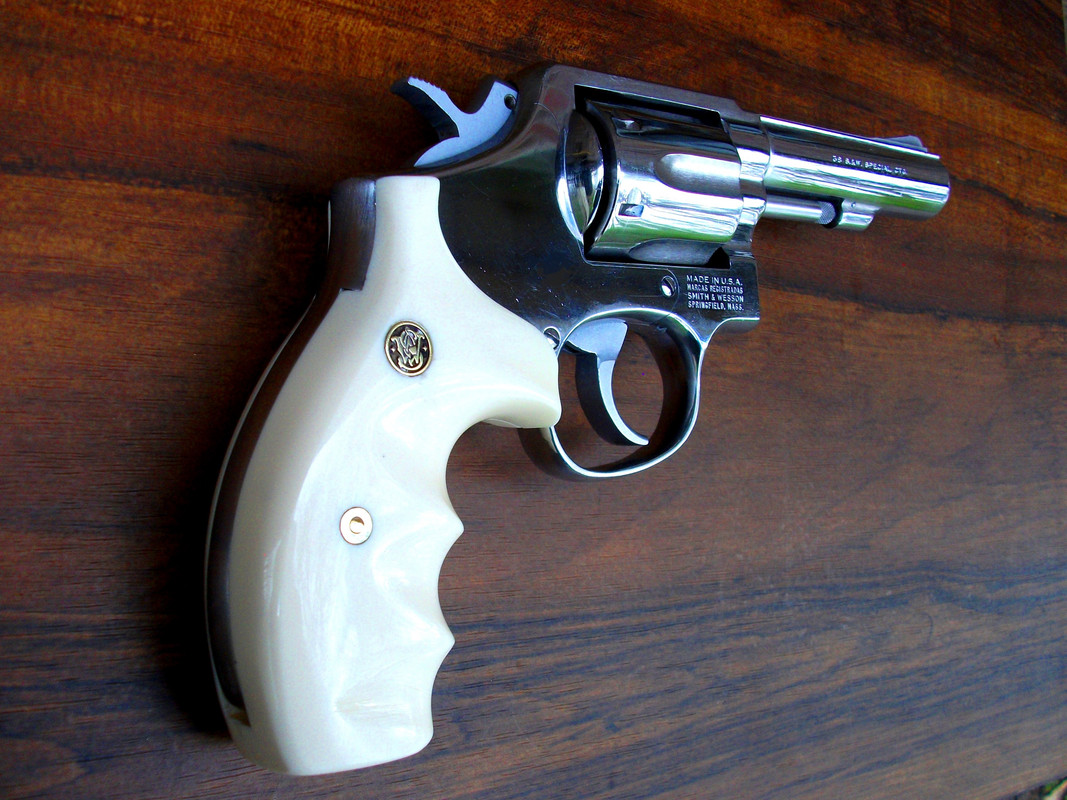I'm looking at buying some original old wood stocks for a smith of mine that unfortunately had one of the original slabs damaged during shipping.
The new matching set I'm looking at are pristine and original. . . The only problem is that one of the medallions looks nice and clean and silver, while the other has a slight goldish tint and some dark green around the edges.
Is there a silver plating over these with brass underneath? That would make sense as to why one looks perfect and the other looks tarnished. Is there any hope that I could clean the greenish one up enough to match the perfect one on the other side or will they always look different?
These stocks would be an online purchase so I'm just asking questions before I buy.
The new matching set I'm looking at are pristine and original. . . The only problem is that one of the medallions looks nice and clean and silver, while the other has a slight goldish tint and some dark green around the edges.
Is there a silver plating over these with brass underneath? That would make sense as to why one looks perfect and the other looks tarnished. Is there any hope that I could clean the greenish one up enough to match the perfect one on the other side or will they always look different?
These stocks would be an online purchase so I'm just asking questions before I buy.

